In the silence of a summer in Auvers-sur-Oise, a man walks alone among the wheat, his shoulders bent by the weight of the world, his head full of light and shadows. It is Vincent van Gogh, incandescent genius of modern painting, whose tragic end continues to fascinate, move, and question.
The death of Van Gogh is not just a historical event. It is the final point of an intense life, marked by genius, pain, and hope. By evoking his last days in Auvers-sur-Oise, his heartbreaking canvases, and his final letter to Théo, we invite you on a deeply human journey — to the heart of the artist, where psychic suffering and immortal beauty intertwine.
🕰️ The historical context of Van Gogh's death
In May 1890, Vincent van Gogh leaves the psychiatric hospital of Saint-Rémy-de-Provence to settle in Auvers-sur-Oise, a peaceful village north of Paris, recommended by his brother Théo. There he finds the kindness of Dr. Gachet, an art-loving doctor, and a rural environment that seems to restore his creative breath. In just 70 days, he paints more than 70 works, including some of his most powerful canvases: The Roots, The Wheat Field with Crows, and The Church of Auvers.
But behind this frantic production, the end of Van Gogh's life remains marked by growing inner tension. Tormented by loneliness, anxiety, and doubt, he questions his place in the art world and the health of his brother, his main moral and financial support. The death of Vincent van Gogh, which occurred on July 29, 1890, at the age of 37, after shooting himself in the chest in a field in Auvers, leaves the art world in shock.
Officially, the artist died from his injuries two days later, in the modest Ravoux inn where he was staying. Even today, the question of exactly where Van Gogh died, and under what precise circumstances, fuels debates and hypotheses.
🎨 Last paintings and symbols before his death
The last days of Van Gogh were marked by an almost unreal artistic frenzy. Every day, he painted, walked for hours, finding in nature a form of respite from his inner chaos. It is during this period that he creates what many consider to be his ultimate cry: The Wheat Field with Crows.
This painting, with its threatening crows, its dead-end path, and its tormented wheat under a black sky, has long been interpreted as a foreshadowing of his death. However, some historians contest this reading, suggesting that it may not be his last painting, and that the dramatic intensity of the canvas reflects more of an expressive power than a direct farewell.
Alongside it, another powerful work emerges: The Roots, a strange, entangled canvas, perhaps symbolizing the inner tearing of the artist.
During this period, Van Gogh remains in close contact with his brother Théo. Their poignant correspondence, notably the last letter to Théo found in his pocket at the time of the tragedy, reveals a man torn between gratitude, despair, and brotherly love. He speaks of his inability to find lasting meaning in his life, despite his unwavering faith in his art.
🕯️ Suicide or mystery? Theories surrounding Van Gogh's death
For decades, Van Gogh's suicide was considered an established truth. The dominant narrative speaks of a voluntary shot to the chest, in an isolated field, followed by a staggering return to his inn. However, this narrative, while poignant, has many gray areas.
Why shoot himself in the chest, without leaving a farewell note, in a place where no one could find him in time? Why did Van Gogh commit suicide, when he was still producing every day, and seemed to be going through an intense creative phase in Auvers-sur-Oise?
Several researchers and biographers, such as Steven Naifeh and Gregory White Smith, have questioned this version. They suggest that Van Gogh may have been accidentally shot by two local teenagers playing with a gun. Refusing to accuse them, he would have taken the consequences upon himself. This hypothesis reignites the mystery surrounding Van Gogh's death, and gives his end an even more tragic dimension.
What we do know, however, is that Van Gogh died alone, two days after being injured, in his inn room, without an official autopsy, surrounded by his brother Théo and Dr. Gachet. His life was marked by a deep psychic suffering, likely related to a poorly diagnosed mental illness — between epilepsy, bipolar disorder, or psychosis — and it is in this constant tension that his genius was forged.
🌻 An artist in search of light: Van Gogh's sensitivity through his work
The tragic end of Van Gogh cannot be understood without delving into the extreme sensitivity of the artist, this emotional intensity that shines through in each of his brushstrokes. More than any other painter of his time, Van Gogh painted what he felt — pain, loneliness, love, inner turmoil — with disarming sincerity.
Tormented, yet luminous, Van Gogh and madness form an inseparable duo in the collective imagination. But more than a madman, he was a lucid man, lucid to the point of exhaustion. He perceived beauty in the slightest flower, in a field, in a changing sky. He gave these motifs an emotional vibration that transcends time.
His bond with his brother Théo — deep, vital — was the only thread that connected him to life. In their letters, we discover a tender, anxious, philosophical, passionate Van Gogh. Van Gogh and Théo is a story of unique brotherly love in the history of art, without which Vincent would probably not have found the strength to paint so much.
His painting then becomes an outlet, a refuge, an attempt to understand the world and himself. Even in his darkest hours, he paints fervently, as if he were seeking, at all costs, a little light in the chaos.
🏡 A poignant work for your interior decoration
Intense, vibrant, moving… Van Gogh's work never leaves one indifferent. It finds a new life today in your living spaces, not as a mere decorative painting, but as a source of meaning, emotion, and identity.
A painting by Van Gogh, and even more a faithful reproduction of his last works, can transform an interior: living room, bedroom, library, or reading nook become places of calm or reflection, inhabited by the power of art. The Wheat Field with Crows, for example, brings dramatic depth to a sober room. The Roots evoke a feeling of introspection, ideal for an office or a meditative space.
These powerful canvases can also become highly symbolic gift ideas: a tribute to a sensitive person, a comforting gift, a gesture of remembrance. Interior decoration with Van Gogh does not follow trends: it expresses a vision of the world, a soul, a tribute to pure emotion.
🖌️ Alpha Reproduction handcrafted reproduction – Emotion on canvas
At Alpha Reproduction, we believe that every masterpiece deserves a second life, hand-painted with the same intensity as the original. Reproducing a canvas as poignant as those from Van Gogh's last days requires more than technical talent: it requires a deep understanding of the emotion, the gesture, the inner light of the artist.
Our reproductions are made in oil on canvas, using traditional techniques. Each painting is entrusted to an experienced artist, trained to capture the essence of the Van Gogh style — the pinches of blue, the tormented spirals, the dense and expressive palette. You receive a unique work, accompanied by its certificate of authenticity, ready to transcend time.
🎨 Adaptable formats, refined frames, personalized advice: whether you want a small symbolic painting or a large decorative centerpiece, we create your work to measure.
Giving or treating oneself to a faithful reproduction of Van Gogh's works related to his last moments is to welcome a fragment of history, beauty, and emotion into one's home.
❓ FAQ – Everything to know about Van Gogh's death
🟡 How did Van Gogh die?
Vincent van Gogh died on July 29, 1890, two days after shooting himself in the chest in a field near Auvers-sur-Oise. He died in his room at the Ravoux inn, in the presence of his brother Théo. The end of Van Gogh's life remains surrounded by gray areas.
🟡 Where exactly did Van Gogh die?
Van Gogh died in Auvers-sur-Oise, a small village north of Paris. He had been living there since May 1890. It is there that he painted his last works and where he would have attempted to end his life in a wheat field, now a place of remembrance.
🟡 Why did Van Gogh commit suicide?
The suicide of Van Gogh is thought to be linked to profound psychic suffering, chronic emotional instability, the fear of being a burden to his brother Théo, and great loneliness. However, some researchers question this version.
🟡 Did Van Gogh leave a letter before his death?
Yes. A letter to Théo, heartbreaking, was found in the pocket of his jacket. In it, he expressed his doubts, his love for his brother, and his inner pain. This document is one of the most poignant testimonies of his last days.
🟡 Was there an autopsy of Van Gogh?
No. No official autopsy was performed. At the time, suicide was still taboo and poorly understood. This still fuels the theories surrounding Van Gogh's death, and doubts about the exact circumstances of the shot.
🟡 What is Van Gogh's last painting?
There is no absolute consensus. Some argue that Wheat Field with Crows was his last painting, due to its symbolic weight. Others lean towards The Roots, dated from the very last days of his life.
💬 Conclusion – Honoring Van Gogh, keeping the emotion alive
The death of Van Gogh does not mark an end, but a passage. A transmission. That of a fragile and brilliant light, which his paintings continue to radiate throughout the world. Every stroke, every color, every silence on the canvas carries within it the intensity of a man laid bare, and the strength of his truth.
At Alpha Reproduction, we believe that these emotions must be transmitted with the same respect as the original work. Giving or treating oneself to a faithful reproduction of Van Gogh's last canvases is to welcome into one's home a fragment of history and humanity, both powerful, decorative, and deeply soothing.
🎨 Order your hand-painted reproduction today, and let the soul of Van Gogh enter your home.
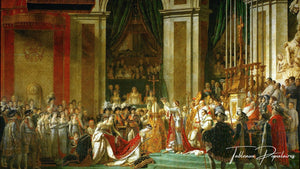
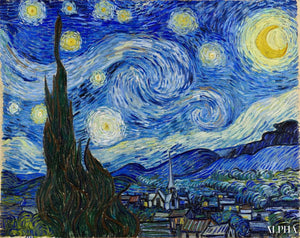
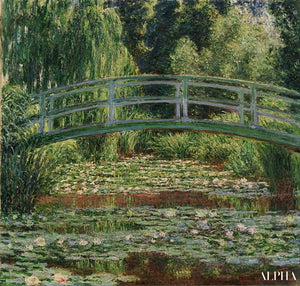
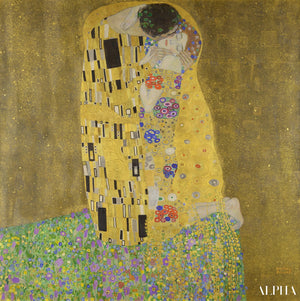
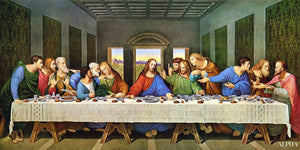
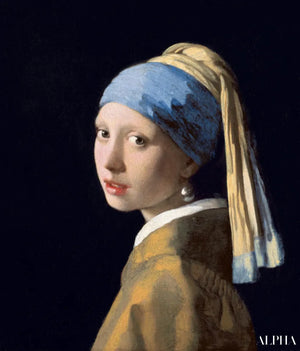
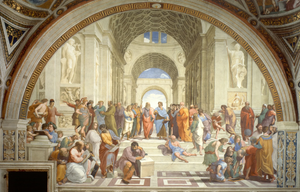
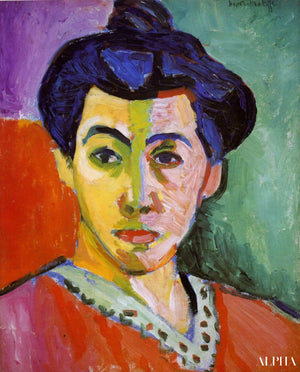
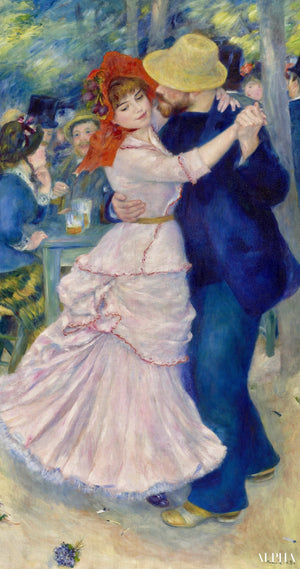


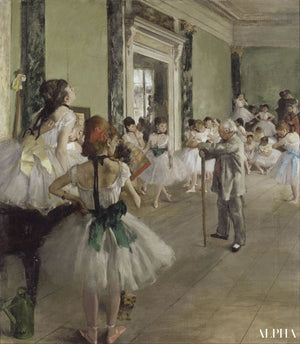
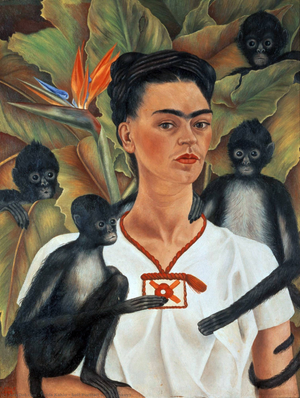
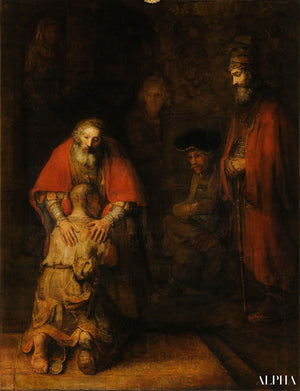

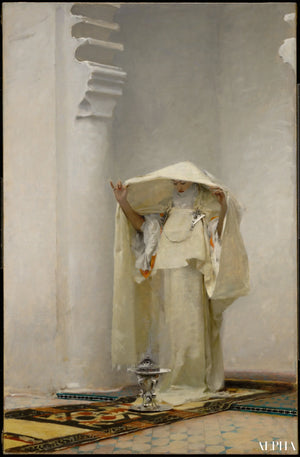
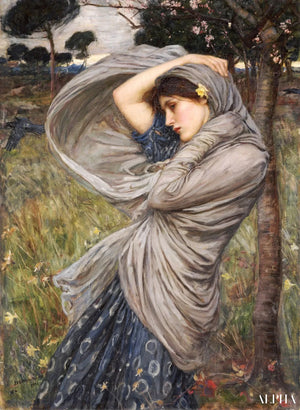

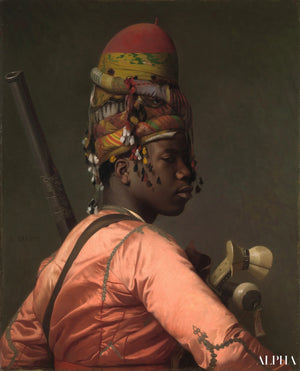





0 comments